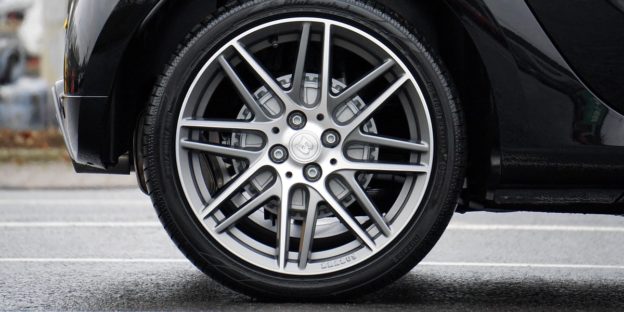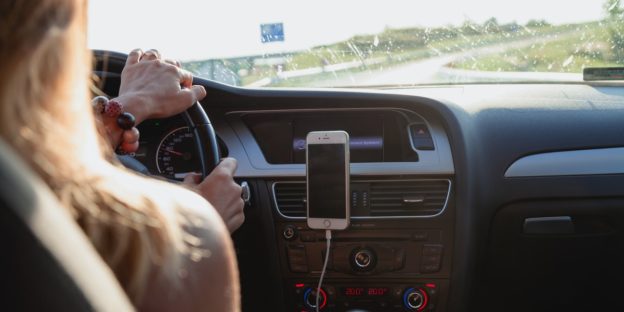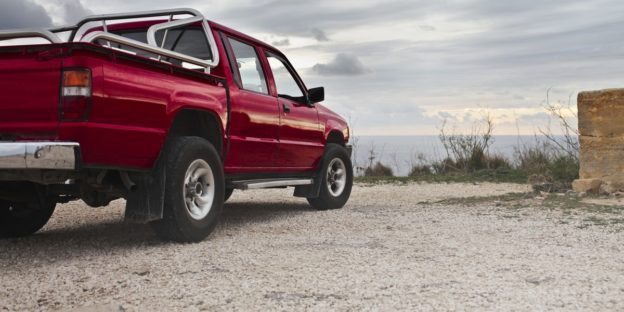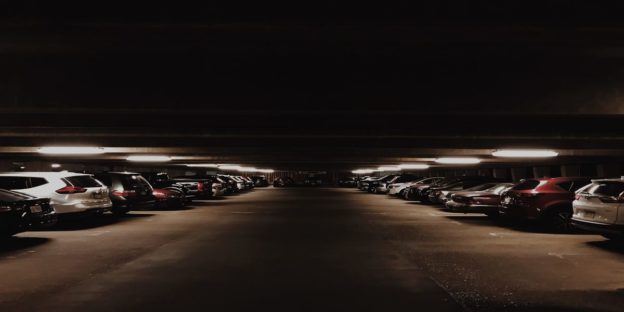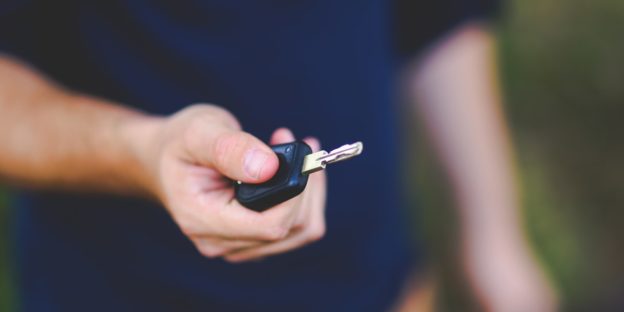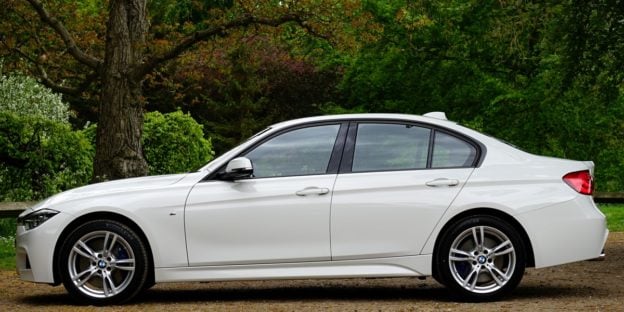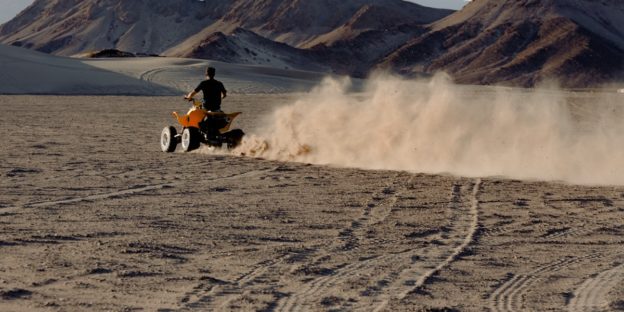When shopping for used cars, there are a number of features to pay attention to. An important one is all-wheel drive (AWD) and four-wheel drive (4WD). Years ago, if you wanted four driven wheels, you were limited to a small selection of vehicles. Today, this is not the case. Close to half of all vehicles sold in the U.S. have either AWD or 4WD.
So what’s the significance of having all-wheel drive or four-wheel drive? Is one better than the other? We’ll answer your questions in this article.
What is All-Wheel Drive?
All-wheel drive systems send power to both the front and rear wheels. Some AWD vehicles have all four wheels driving continuously, while others operate in mostly two-wheel drive. If you need the extra traction, the car will automatically send power to all four wheels.
The benefit to AWD is that you don’t have to make any decisions about your wheels. Either the wheels are driven the whole time, or the system will drive with two and send power to all four if it senses a loss of traction. This allows you to drive smoothly in all types of weather conditions and terrains.
What is Four-Wheel Drive?
Four-wheel drive systems have become incredibly sophisticated over the years. They can handle more off-road use and are found in a wide range of vehicles, including luxury cars. However, 4WD is robust and remains most popular for ruggedness and pulling power.
Like AWD, 4WD comes in two types: full-time and part-time. With full-time 4WD, the wheels receive power continuously. With part-time 4WD, only the two wheels move. If you need to send power to the other wheels, you’ll need to make the decision and push a button or shift the lever.
Which is Better: AWD vs. 4WD?
There is no best option for everyone. It all depends on where you live and what types of driving conditions you encounter. Before buying a repossession in your area, think about how you plan to use the vehicle. Will you be going off-roading with your new truck? Do you drive in snow and ice in the winter? Is fuel economy important to you?
We recommend AWD for many drivers because it delivers traction in the right conditions, offers better fuel economy and can be found in a wide range of vehicles, including luxury cars and SUVs. On the other hand, if you live in a remote area, work in extreme conditions or enjoy off-roading, we suggest 4WD. It’s better equipped to handle these rugged conditions.
Find Your AWD or 4WD Repo Today
When you shop for repossessed cars and trucks with RepoFinder, we try to put AWD or 4WD in the vehicle’s description. This way, you can easily see what system each vehicle comes with. It’s a quick and easy way to narrow down your options, especially if you prefer one system over the other. View a full list of repos in your area by visiting RepoFinder.com today.


